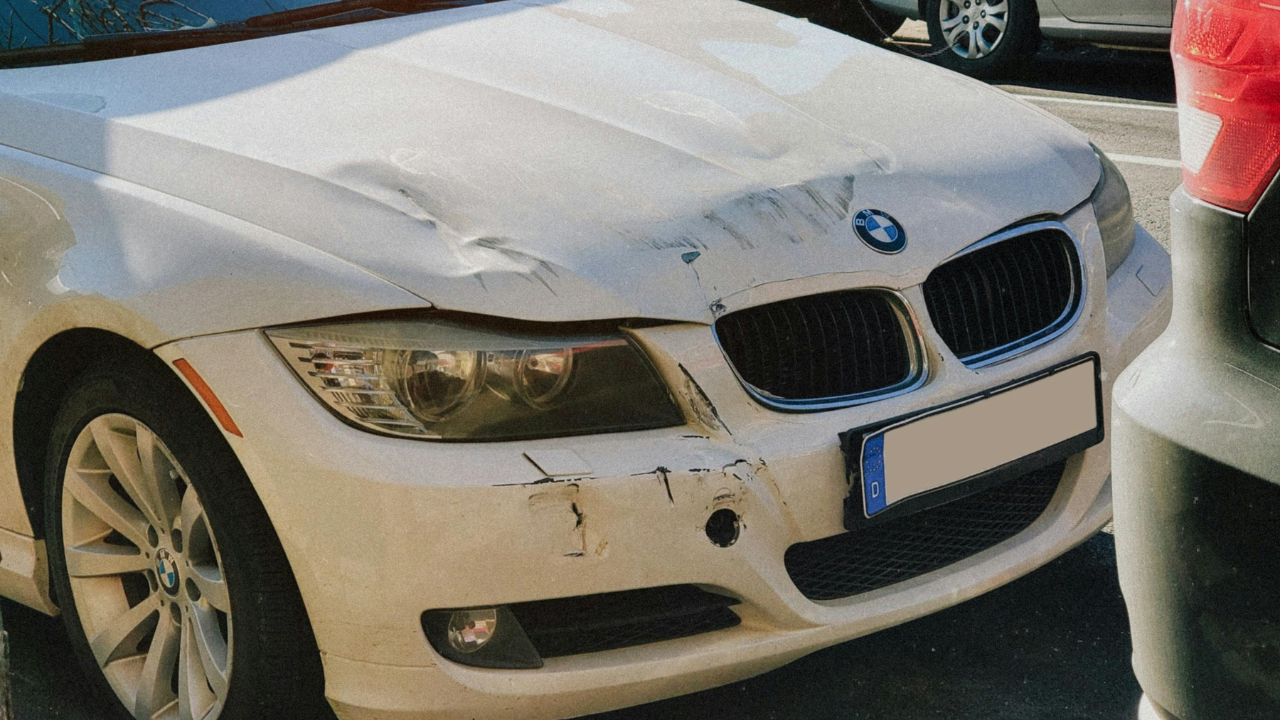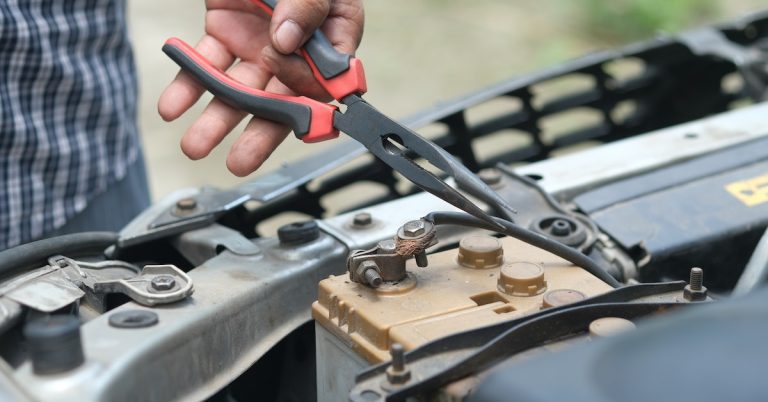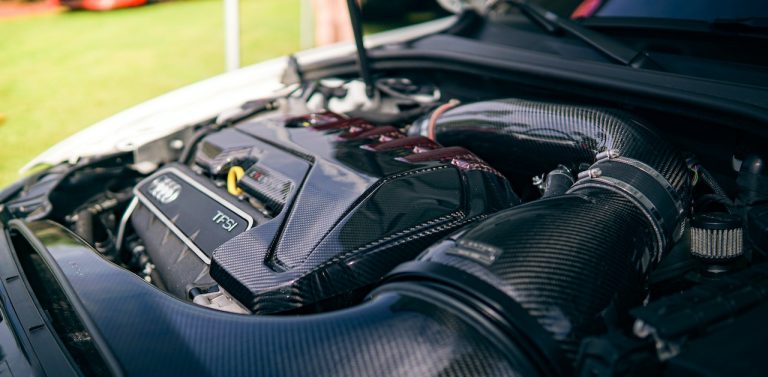Automotive dent repair is a critical aspect of vehicle maintenance that not only restores a car’s aesthetic appeal but also ensures its structural integrity. This comprehensive guide explores the various methods, tools, and techniques used in the automotive dent repair industry, highlighting the importance of timely and professional repair services.
Understanding Dents
Dents can occur for numerous reasons, such as minor collisions, hailstorms, parking lot mishaps, or even an errant shopping cart. Regardless of the cause, dents can significantly detract from a vehicle’s appearance and potentially lower its resale value. More severe dents may also affect the car’s structural components, making professional repair essential.
Common Types of Dents
- Round Dents: Typically caused by hail, sports balls, or other round objects. These dents are often shallow but widespread.
- Crease Dents: Result from sharp objects or edges pressing into the car’s surface, leaving a pronounced line.
- Sharp Dents: Created by pointed objects, resulting in a deep, localized dent.
- Multi-Point Dents: Occur when multiple points of impact affect the same area, often seen in complex accidents.
Recommended Articles
Methods of Automotive Dent Repair
1. Paintless Dent Repair (PDR)
PDR is a highly popular method for repairing minor dents without affecting the vehicle’s original paint. This technique is cost-effective, time-efficient, and environmentally friendly since it doesn’t involve chemicals or paints.
Process:
- Assessment: The technician assesses the damage to determine if PDR is suitable.
- Access: The technician gains access to the back of the dented area.
- Pressure Application: Specialized tools are used to gently massage and push the dent back into its original shape from behind.
- Finishing: The surface is polished to restore its original luster.
2. Traditional Dent Repair
For more severe dents, traditional dent repair methods are required. This process often involves filling, sanding, and painting.
Process:
- Assessment and Preparation: The damaged area is cleaned and assessed.
- Filling: The dent is filled with body filler to create a smooth surface.
- Sanding: The filled area is sanded to blend seamlessly with the surrounding surface.
- Priming and Painting: The repaired area is primed and painted to match the rest of the vehicle.
- Polishing: A final polish ensures the repair is indistinguishable from the original surface.
Advanced Dent Repair Techniques
1. Hot Glue Pulling
This technique involves applying special hot glue to a pulling tab, which is then attached to the dent. A pulling tool is used to pull the tab, and consequently, the dent out. This method is particularly useful for small to medium-sized dents and minimizes the need for paint repair.
2. Heat and Cold
Heat guns and dry ice are sometimes used to repair dents. The heat expands the metal, and when rapidly cooled with dry ice, the metal contracts, which can help in popping the dent out. This method is often used for shallow, wide dents.
Tools Used in Dent Repair
- Dent Pullers: Tools such as slide hammers or suction cups that pull dents out from the surface.
- Metal Rods and Body Picks: Used in PDR to manipulate the metal from behind the panel.
- Hot Glue Guns and Tabs: Attach tabs to the dented area and pull the dent out with specialized tools.
- Sanding Blocks and Abrasives: Smooth out filled areas during traditional repair.
- Spray Guns and Paint Booths: Ensure an even, professional finish during the painting process.
The Role of Technology in Dent Repair
Modern advancements in technology have revolutionized automotive dent repair. High-tech tools and equipment, such as 3D scanners and computer-aided design (CAD) software, enable technicians to achieve unparalleled precision and efficiency.
- 3D Scanning: Helps in accurately assessing the extent of damage and planning the repair process.
- CAD Software: Assists in designing custom tools and parts for complex repairs.
- Laser Measuring Systems: Ensure precise alignment and measurements during repairs.
The Importance of Professional Dent Repair
While DIY dent repair kits are available, they often lack the precision and effectiveness of professional repairs. Incorrect techniques can worsen the damage, leading to more expensive fixes. Professional technicians have the expertise and tools to ensure high-quality, lasting repairs.
Choosing the Right Repair Shop
Selecting a reputable repair shop is crucial for ensuring high-quality work. Here are some tips:
- Certifications: Look for technicians certified by recognized institutions such as the National Institute for Automotive Service Excellence (ASE).
- Experience: Choose a shop with a proven track record and experienced technicians.
- Warranty: A good repair shop will offer a warranty on their work, providing peace of mind.
- Reviews and Recommendations: Check online reviews and seek recommendations from friends and family.
Preventing Future Dents
While it’s impossible to completely avoid dents, some preventive measures can minimize the risk:
- Parking: Choose spots away from high-traffic areas and avoid parking under trees or near sports fields.
- Protective Accessories: Consider installing door edge guards and bumper protectors.
- Weather Precautions: During hailstorms,
Conclusion
Automotive dent repair is a vital service for maintaining the appearance and value of your vehicle. Whether opting for paintless dent repair or traditional methods, professional expertise ensures that repairs are done correctly and efficiently.
By understanding the different types of dents, repair methods, and tools involved, car owners can make informed decisions and choose the best repair option for their needs. Investing in professional dent repair not only restores your vehicle’s aesthetic appeal but also preserves its structural integrity, ensuring it remains in top condition for years to come.







